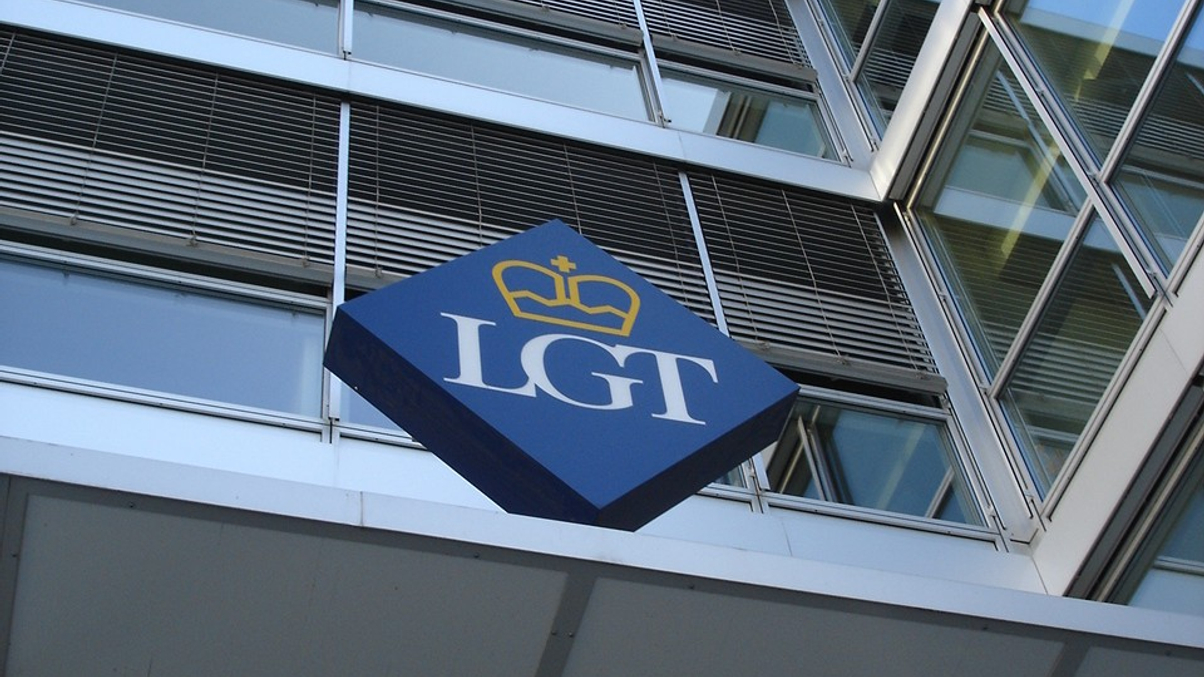LGT Capital Partners: Alternatives set for continued rise in Asia
More flows are likely into insurance-linked strategies, private equity and trend-following strategies/CTAs, given the benefits of such investments, argues LGT Capital Partners.

Despite the numerous quantitative easing programmes and bailouts of recent years, the quest for self-sustaining global economic growth has proved elusive. Furthermore, the effectiveness of future monetary stimulus is increasingly being doubted, and global markets have been prone to bouts of volatility, while Asia has also been impacted by recurring China-related uncertainties.
Sign In to Your Account
Access Exclusive AsianInvestor Content!
Please sign in to your subscription to unlock full access to our premium AI resources.
Free Registration & 7-Day Trial
Register now to enjoy a 7-day free trial—no registration fees required. Click the link to get started.
Note: This free trial is a one-time offer.
¬ Haymarket Media Limited. All rights reserved.


